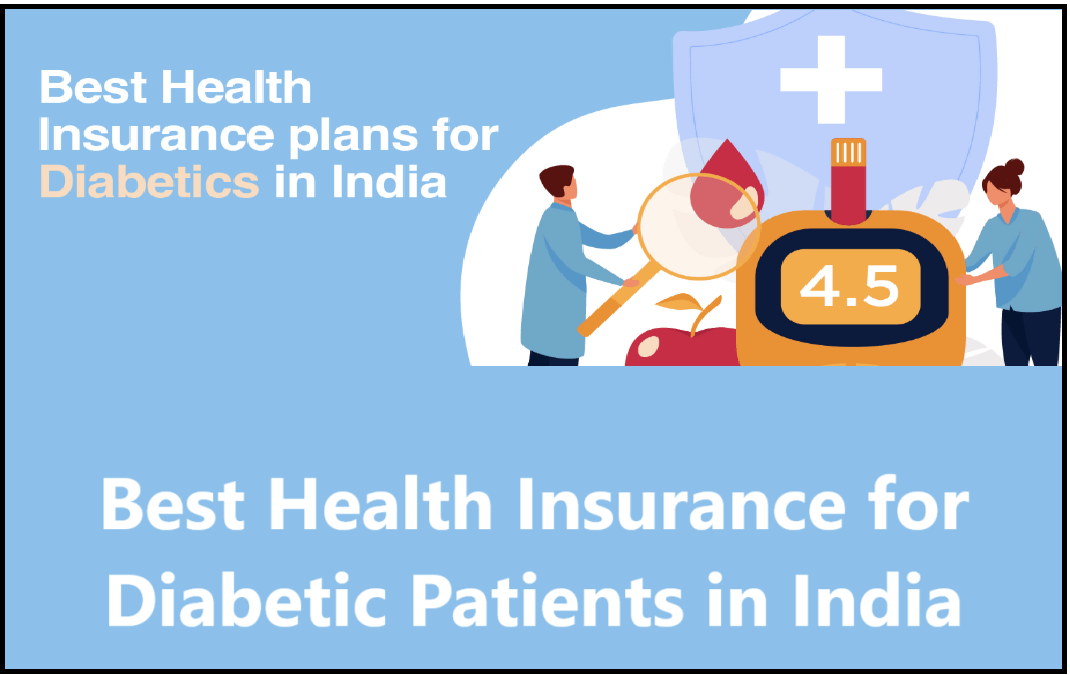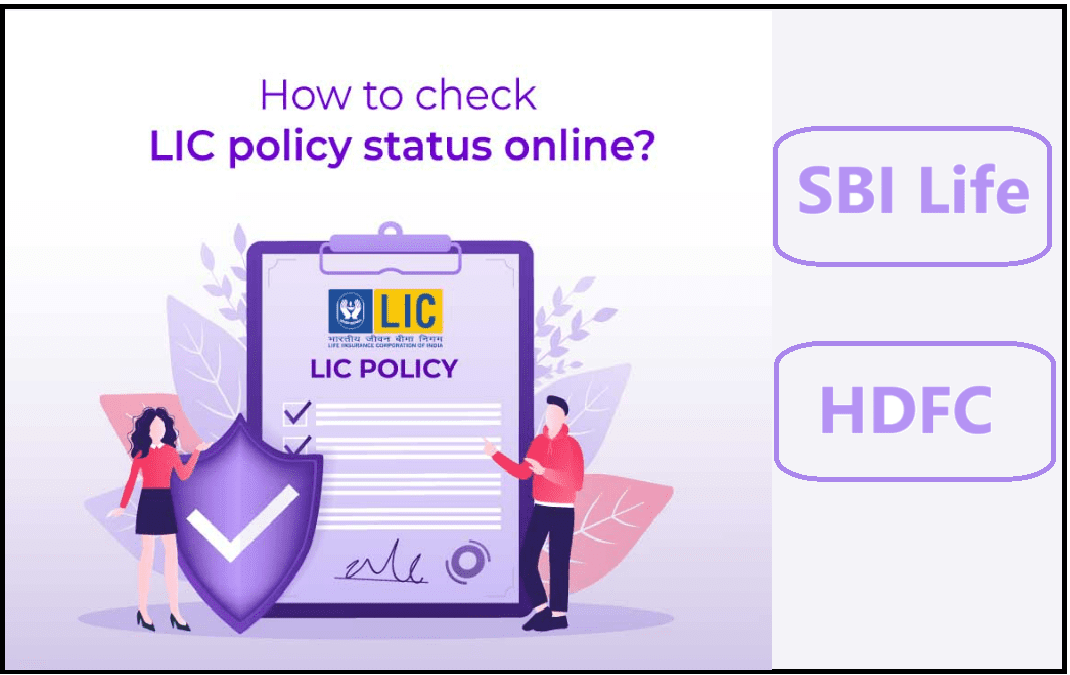Top 10 Health Insurance Plans for Tax Savings in India 2025: Save Up to ₹1 Lakh Under Section 80D
With rising medical costs and evolving tax regulations, health insurance has become a dual-purpose investment—securing your health and reducing taxable income.
Under Section 80D of the Income Tax Act, you can claim deductions of up to ₹1 lakh on premiums paid for self, family, and parents. However, choosing the right policy requires understanding coverage, add-ons, and insurer reliability.
This 2025 guide evaluates the top 10 health insurance plans in India for tax savings, focusing on affordability, claim settlement ratios, and compliance with the latest tax norms. Whether you’re salaried, self-employed, or a senior citizen, these plans will help you save smarter.

Section 80D Tax Benefits: Key Updates for 2025
Before diving into the plans, understand the 2025 tax-saving rules:
- Deduction Limits:
- Self/Family (Below 60): ₹25,000
- Parents (Below 60): ₹25,000
- Senior Citizens (Self/Parents): ₹50,000 each
- Preventive Health Check-ups: ₹5,000 (included in the above limits)
- Critical Add-Ons Covered:
- Super top-up plans
- Critical illness riders
- AYUSH treatment coverage
- Exclusions:
- Expenses reimbursed by employers
- Policies with a maturity benefit (e.g., endowment plans)
Top 10 Health Insurance Plans for Tax Savings in 2025
1. Star Health Family Health Optima
- Premium Range: ₹10,000–₹25,000/year (family of 4)
- Coverage: ₹3–25 lakh
- Tax Benefit: Up to ₹1 lakh (self + parents)
- Key Features:
- Restoration benefit (100% recharge after claim exhaustion).
- No claim bonus up to 100%.
- Covers daycare treatments and modern therapies.
- Best For: Families seeking comprehensive coverage.
2. HDFC Ergo Health Suraksha Gold
- Premium Range: ₹8,000–₹20,000/year
- Coverage: ₹3–50 lakh
- Tax Benefit: Full premium under Section 80D.
- Key Features:
- Lifelong renewability.
- Covers pre/post-hospitalization for 60/90 days.
- Free annual health check-ups.
- Best For: Senior citizens and chronic disease management.
3. ICICI Lombard Complete Health Insurance
- Premium Range: ₹7,500–₹30,000/year
- Coverage: ₹5–1 crore
- Tax Benefit: Premiums eligible for 80D deduction.
- Key Features:
- Global coverage for treatments abroad.
- Alternative treatments (AYUSH) covered.
- Critical illness booster (additional ₹10 lakh).
- Best For: High-net-worth individuals and global travelers.
4. Niva Bupa (formerly Max Bupa) ReAssure 2.0
- Premium Range: ₹9,000–₹40,000/year
- Coverage: ₹10–1 crore
- Tax Benefit: Full premium deductible.
- Key Features:
- No room rent capping.
- Unlimited automatic recharge of sum insured.
- Mental health coverage included.
- Best For: Lifetime coverage seekers and mental health support.
5. Aditya Birla Activ Health Platinum
- Premium Range: ₹12,000–₹35,000/year
- Coverage: ₹10–2 crore
- Tax Benefit: Premiums qualify under 80D.
- Key Features:
- AI-powered health risk assessment.
- Coverage for genome testing.
- Gym membership discounts.
- Best For: Fitness enthusiasts and preventive care.
6. Care Health Insurance Care Freedom
- Premium Range: ₹6,000–₹15,000/year
- Coverage: ₹3–25 lakh
- Tax Benefit: Up to ₹75,000 (self + parents).
- Key Features:
- 100% claim settlement ratio (2024).
- Covers maternity after 2 years.
- Organ donor coverage.
- Best For: Young couples planning a family.
7. SBI Arogya Premier
- Premium Range: ₹5,500–₹18,000/year
- Coverage: ₹3–30 lakh
- Tax Benefit: Full premium under 80D.
- Key Features:
- Pre-existing conditions covered after 3 years.
- Cumulative bonus up to 50%.
- Affordable for middle-income groups.
- Best For: Budget-conscious buyers.
8. Oriental Happy Family Floater
- Premium Range: ₹4,000–₹12,000/year
- Coverage: ₹2–15 lakh
- Tax Benefit: Up to ₹50,000.
- Key Features:
- Automatic coverage for newborns after 90 days.
- Daily cash allowance during hospitalization.
- Low waiting period for PEDs (1 year).
- Best For: New parents and small families.
9. Tata AIG Medicare Premier
- Premium Range: ₹10,000–₹50,000/year
- Coverage: ₹5–1 crore
- Tax Benefit: Premiums eligible for 80D.
- Key Features:
- Coverage for robotic surgeries.
- Second medical opinion from global experts.
- Home hospitalization covered.
- Best For: Advanced treatment seekers.
10. New India Assurance Mediclaim
- Premium Range: ₹4,500–₹10,000/year
- Coverage: ₹1–5 lakh
- Tax Benefit: Full premium deductible.
- Key Features:
- Government-backed insurer.
- Covers Ayurvedic treatments.
- No age limit for entry.
- Best For: Senior citizens and rural coverage.
Comparison Table: Top 5 Plans for Tax Savings
| Plan | Max Coverage | Tax Saving (₹) | Waiting Period | Unique Perk |
|---|---|---|---|---|
| HDFC Ergo Suraksha Gold | ₹50 lakh | ₹1 lakh | 2 years (PED) | Free health check-ups |
| ICICI Lombard Complete | ₹1 crore | ₹1 lakh | 3 years (PED) | Global treatment |
| Niva Bupa ReAssure 2.0 | ₹1 crore | ₹1 lakh | 1 year (PED) | Unlimited recharge |
| Care Health Care Freedom | ₹25 lakh | ₹75,000 | 2 years (PED) | Maternity coverage |
| New India Mediclaim | ₹5 lakh | ₹50,000 | 4 years (PED) | Govt-backed security |
How to Choose the Right Plan for Tax Savings
- Assess Family Needs:
- Age, pre-existing conditions, and dependents.
- Check Insurer Reliability:
- Claim settlement ratio (aim for >90%).
- Network hospitals near you.
- Maximize Deductions:
- Buy separate policies for self and senior parents.
- Add critical illness riders.
- Read Fine Print:
- Sub-limits, co-pay clauses, and exclusions.
5 Pro Tips to Maximize Tax Savings in 2025
- Combine Policies: Insure self + parents to claim up to ₹1.5 lakh (if parents are seniors).
- Prepay Premiums: Pay 2-year premiums in advance if expecting higher income.
- Preventive Check-ups: Use the ₹5,000 allowance for free health camps.
- Opt for Super Top-Ups: Cheaper than base plans and eligible for 80D.
- Declare Correctly: Submit Form 12BB to your employer for seamless tax processing.
FAQs
Q1. Can I claim tax benefits for my employer-provided health insurance?
A: No. Employer-paid premiums are tax-exempt but don’t qualify for Section 80D.
Q2. Are premiums paid for adult siblings deductible?
A: No. Section 80D covers only self, spouse, children, and parents.
Q3. What documents are needed to claim deductions?
A: Premium payment receipts, policy copy, and PAN of the insured.
Q4. Is there a tax benefit for critical illness policies?
A: Yes, if it’s a rider on a health plan. Stand-alone critical illness plans fall under Section 80DDB.
Q5. Can I switch policies without losing tax benefits?
A: Yes, but ensure there’s no coverage gap. Port your policy using IRDAI guidelines.
Conclusion
Health insurance is no longer just a safety net—it’s a strategic tax-saving tool.
For 2025, HDFC Ergo Suraksha Gold and Niva Bupa ReAssure 2.0 lead with robust coverage and maximized deductions.
Budget buyers should consider Oriental Happy Family or New India Mediclaim. Always verify the insurer’s claim settlement ratio and update nominees to avoid disputes.
Ready to save? Compare plans on Policybazaar or your insurer’s portal, and consult a tax advisor for personalized advice.
Also Read: Apps to book health insurance
CTA: “Already claimed tax benefits through health insurance? Share your tips in the comments!”
This article combines up-to-date tax norms, insurer insights, and actionable strategies to rank on Google while helping users save smartly. Let me know if you need tweaks! 🏥💸





